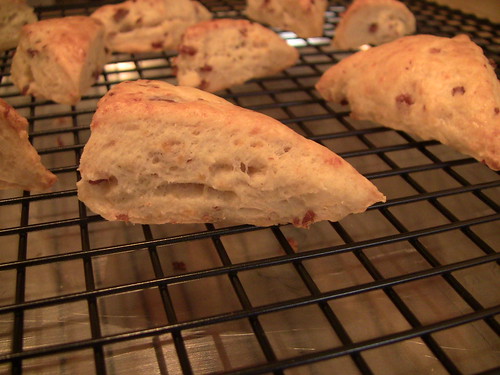Noah Elbers' Maple-Oatmeal Bread (courtesy of farine-mc)
Hello, What a pleasure to discover farine-mc's post on her blog about Noah Elbers and his talented group of bakers, and this bread.
Thank you Farine!!! (Farine-mc's post is here: http://www.farine-mc.com/2011/01/noah-elbers-maple-oatmeal-bread.html - great information on how to make this bread, and video from Mr. Elbers' bakery, too!)
This oatmeal bread is made with cooked steel-cut oats, maple syrup, levain and a poolish. I had to try it!:
- Log in or register to post comments
- 29 comments
- View post
- breadsong's Blog


